Business failures fall further in third quarter
Corporate insolvencies fell by a fifth between July and the end of September when compared to the same period last year.
Corporate insolvencies fell by a fifth between July and the end of September when compared to the same period last year.
That’s according to new data from Deloitte, which says the steady trend of decline in recent years is continuing.
439 businesses became insolvent during the three-month period, down 118 on a year earlier.
That figure for the third quarter of 2018 was in turn 18% down on the same period in 2017.
Three quarters of the firms that were recorded as insolvent between July and September were set up over five years ago.
As a result, Deloitte says it seems most of the failed businesses during the period were not start-ups, with just over a fifth trading for under five years.
Of those over five years in operation, 112 were 10-20 years old, with 100 in existence for 5-10 years.
“The statistics continue to suggest a significant tendency to liquidate companies in difficulty and in some cases to take the risk of attempting to trade out of insolvency,” said David Van Dessel, Partner, Financial Advisory at Deloitte
“Where a company ultimately fails and enters an insolvent liquidation process, the consequences for the Directors of adopting the latter approach can be serious, including the possibility of a restriction or disqualification order, or the possible imposition of personal liability for corporate debt in certain circumstances.”
Some 280 of the total entered insolvency via creditors’ voluntary liquidation, down slightly on the same period in 2018.
50 firms went into liquidation as a result of a court process, up from 39 a year ago.
The appointment of receivers over companies and their assets accounted for 84 of the total, down slightly on the 106 in 2018.
While just 25 insolvencies as a result of examinership were recorded.
Nearly two thirds of the businesses that entered insolvency were in Leinster, down slightly on 2018, followed by Munster, Connacht and Ulster.
Two out of every five of the firms was in the services sector, with financial services companies most impacted, followed by real estate and professional services businesses.
The sector with the next highest rate was construction which accounted for 72 insolvencies.
“Whilst demand for construction services had been relatively constant over the course of 2018, it is worth noting that the latest Ulster Bank Purchasing Managers Index (PMI) published in September has recorded the first contraction in the sector in over six years which is largely driven by a fall in commercial activity whilst growth in housing construction activity has continued,” Mr Van Dessel said.
“While current market conditions show margins for contractors to be extremely challenging, competition for quality contractors is anticipated to be high and together with a softening in land values should lead to a potential improvement in margins.”
He added that the indications are that the final quarter of 2019 will remain steady towards the end of the year.
Article Source: Click here

